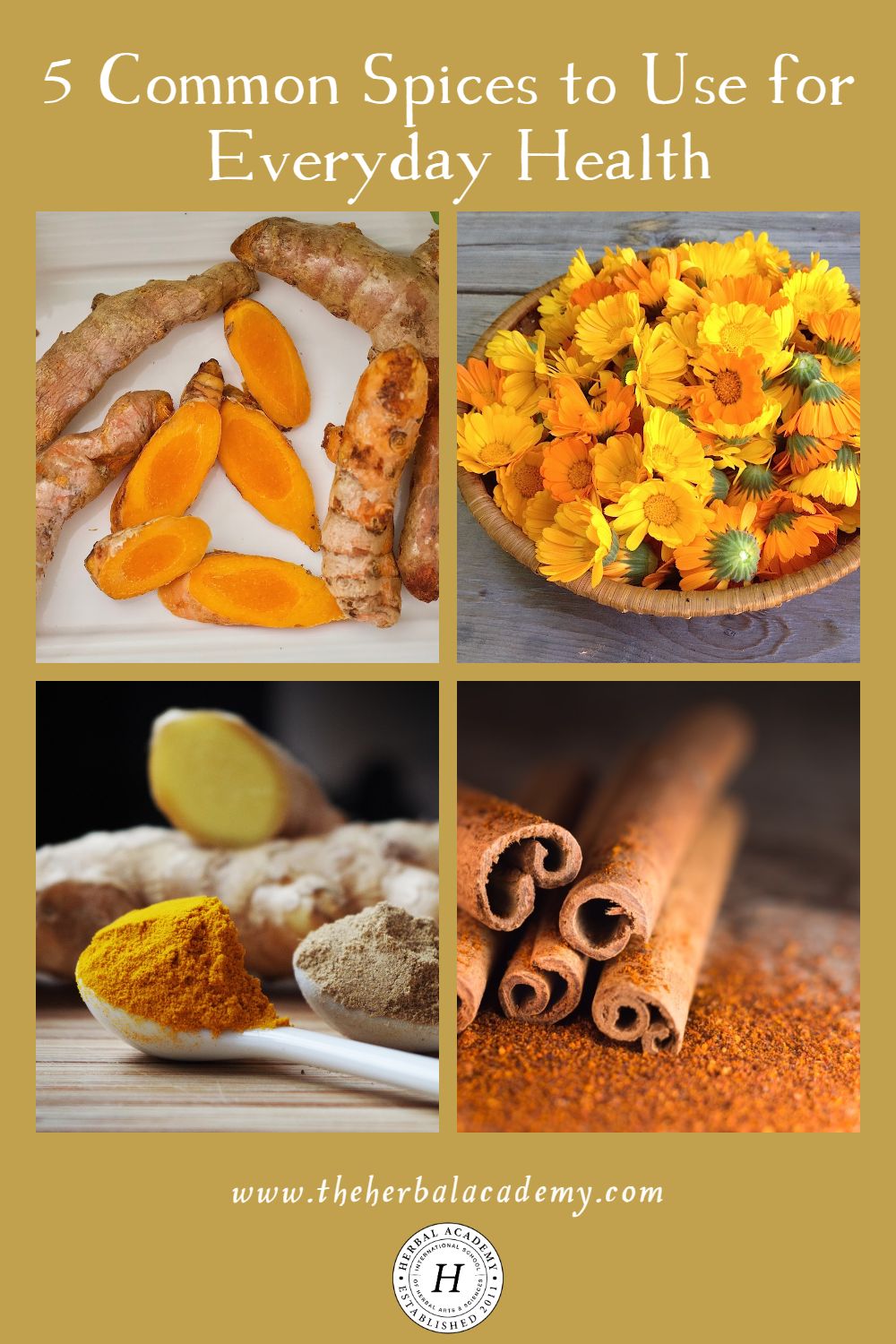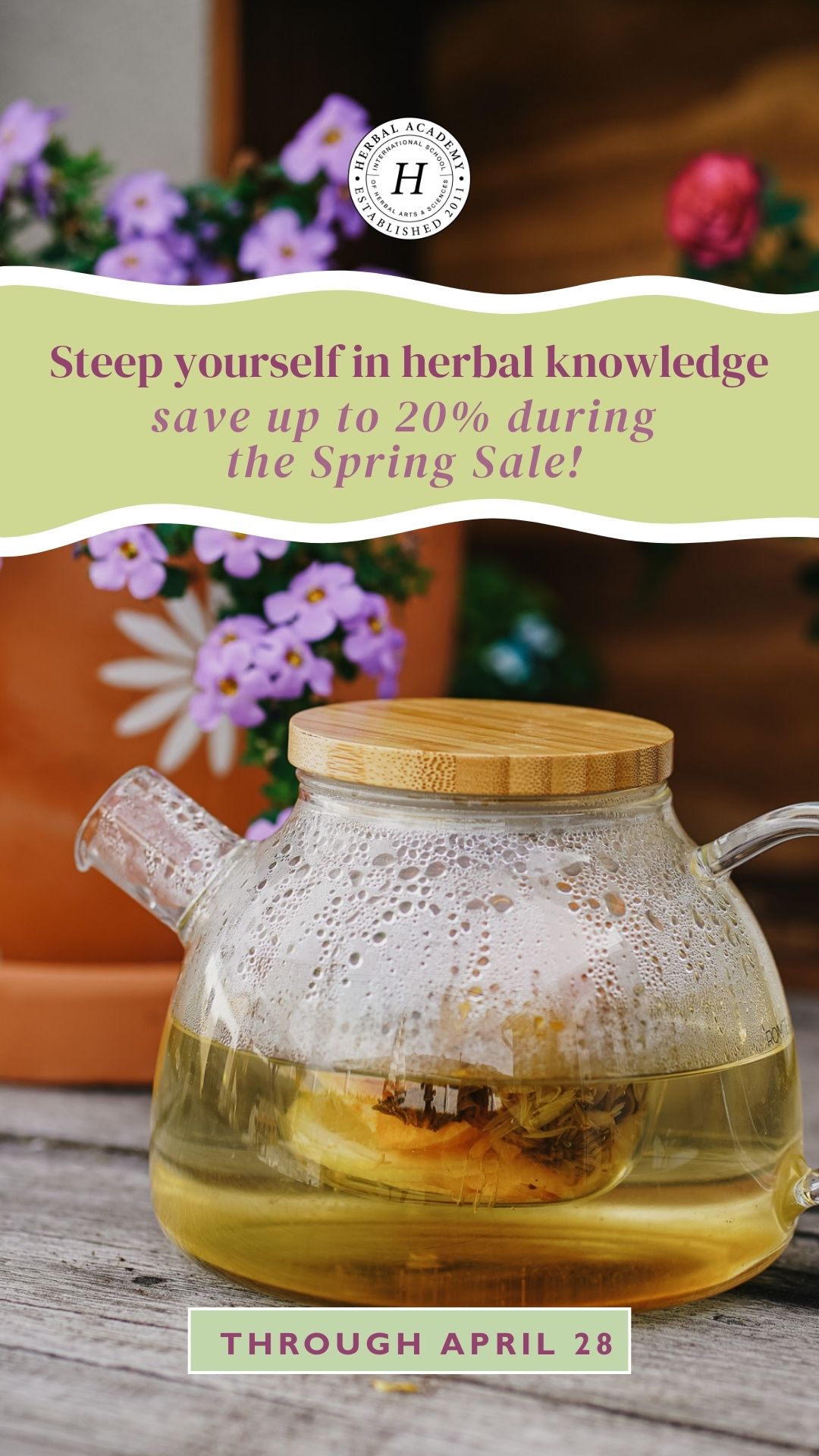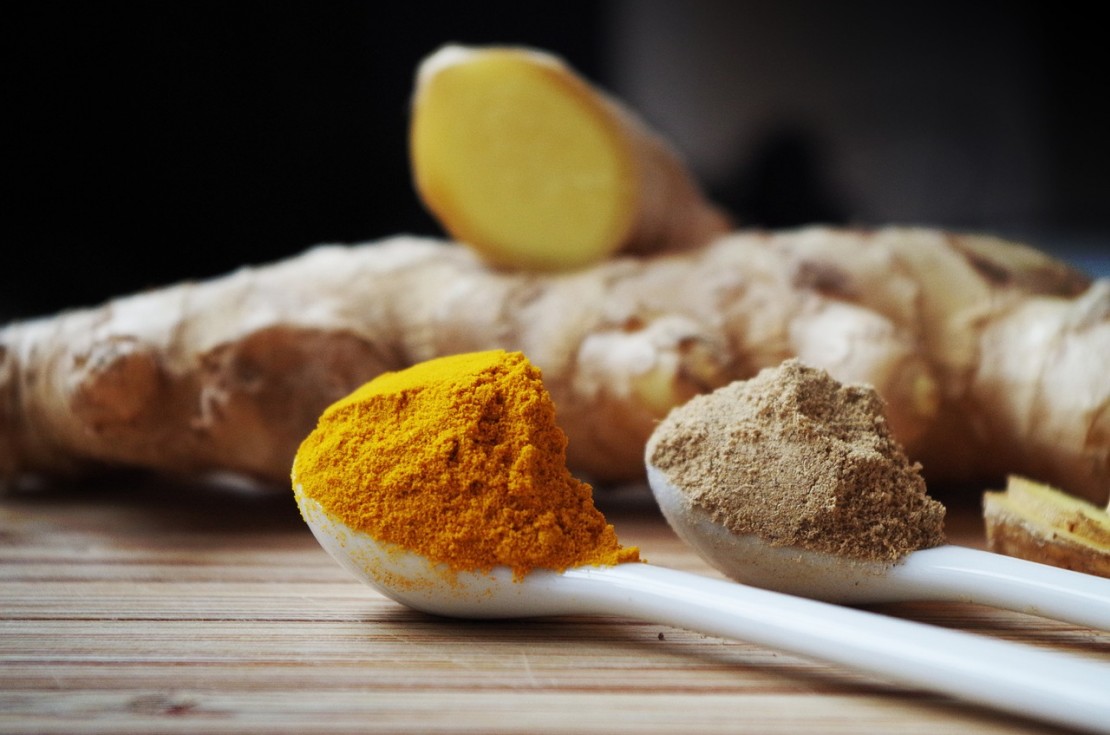
5 Common Spices to Use for Everyday Health
The following excerpt, 5 Common Spices to Use for Everyday Health, is taken from Spice Apothecary© by Bevin Clare. Used with permission from Storey Publishing.
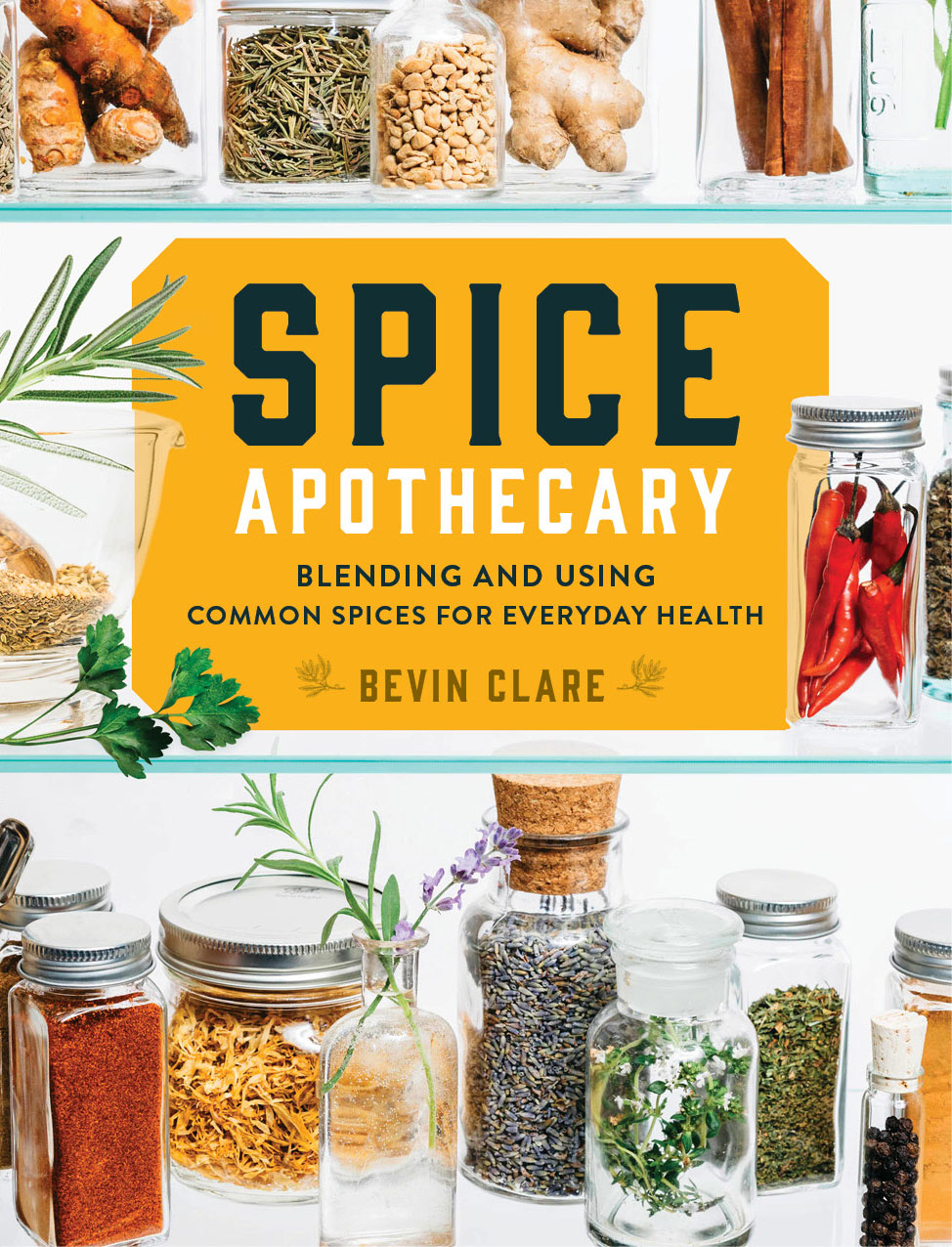
HEALTHY CONNECTIONS: SKIN, BONES, AND JOINTS
Our skin is the organ that interacts most with the world. A dynamic and responsive organ, it contends with all kinds of impacts and intrusions. It can also reflect what is going on internally, including hormonal changes and liver function. We might notice skin changes in people with declining or challenged liver function as well as in those who are exposed to certain types of toxins. In these situations, you’ll want to use spices that are both internally effective as well as topically helpful.
Black pepper, calendula, cinnamon, ginger, and turmeric can all be used therapeutically on a daily basis for the internal and external environment affecting skin health. The spicy punch of these plants can also help improve circulation and mobilization in the connective tissues of the body.
Calendula, turmeric, and ginger are all great spices to consider in support of your bones, joints, and skin. Degenerative joint diseases such as arthritis are prevalent globally, and the research around the use of spices as therapeutics is compelling for both ginger and turmeric.
Unlike conventional medications, which are taken after symptoms begin, the use of these spices can be life-long and preventive. Using ginger in conjunction with turmeric has a long history of use in supporting joint health, both topically and internally. Traditional application of ginger poultices, hot ginger compresses, and ginger-infused baths are used to treat painful joints. Ginger is a wonderful preventive against joint disease and boosts health by aiding the reduction of pain and swelling. It is accessible and affordable in fresh form, which makes it a superior choice as a medicine.
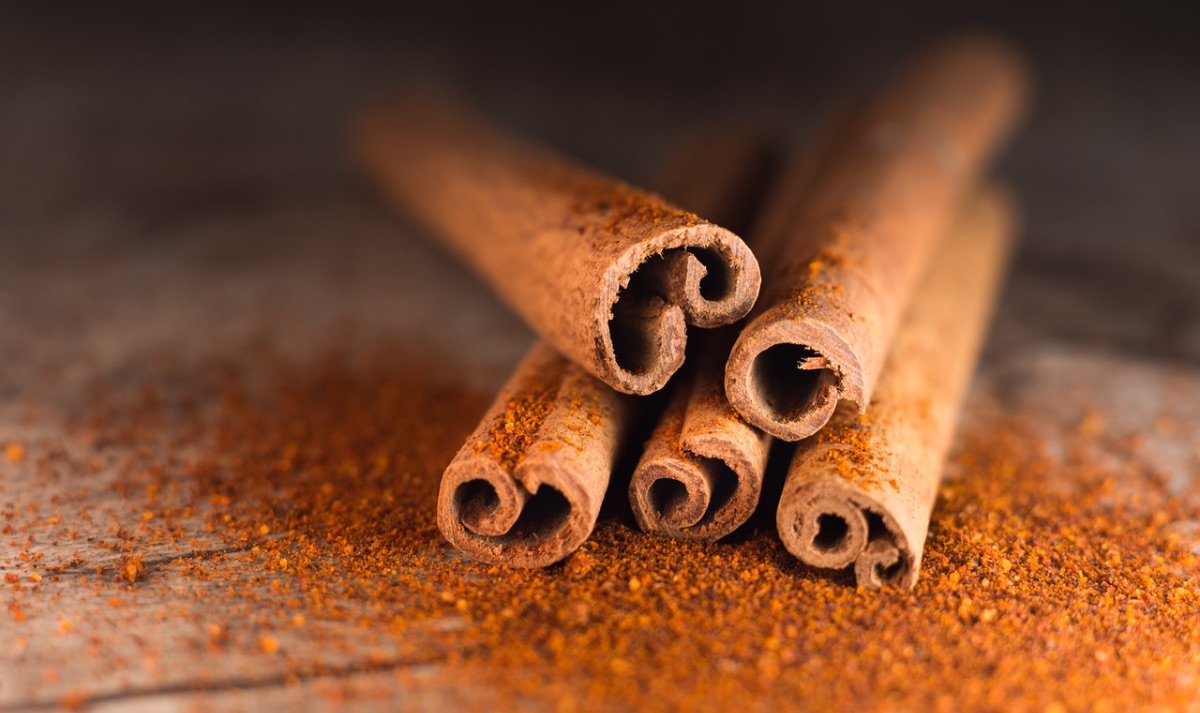
Cinnamon
Cinnamomum spp.
Cinnamon is useful in addressing inflammation in skin, bones, or joints. It has a beneficial impact on hypertension and managing blood sugar, both of which are linked to chronic inflammation. Cinnamon has also been shown to have positive effects on treating rheumatoid arthritis. A group of patients who received a daily dose of 500 mg of cinnamon for eight weeks (2 grams total) showed significantly lower C-reactive protein, tumor necrosis factor alpha, and diastolic blood pressure. These results indicate reduced inflammation as well as an improvement in swollen and tender joints in the body.
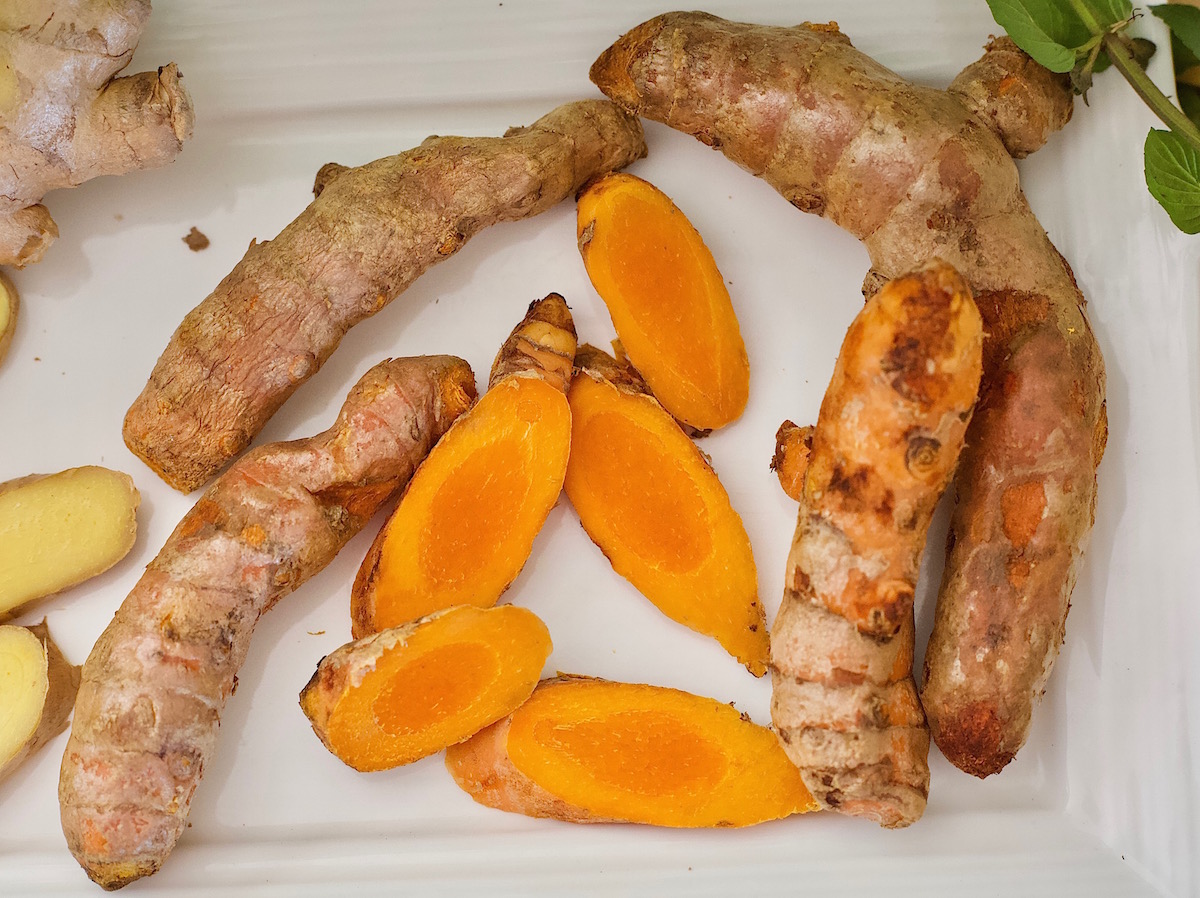
Turmeric
Curcuma longa
Turmeric has been shown to benefit skin disorders, including psoriasis. In one trial, a topical skin treatment containing turmeric showed significant improvement over the pharmaceutical cream calcipotriol as well as the control group. It was also discovered to decrease pro-inflammatory cytokines in human keratinocytes, thereby reducing keratinocyte hyperproliferation found in psoriasis. The same study found that wound healing was enhanced by curcumin’s actions as an anti-inflammatory agent and a reactive oxygen species (ROS) scavenger. Curcumin has also been shown to enhance cell proliferation; reverse oxidative damage to skin cells, fibroblasts, and keratinocytes; and facilitate faster healing of the epidermis.
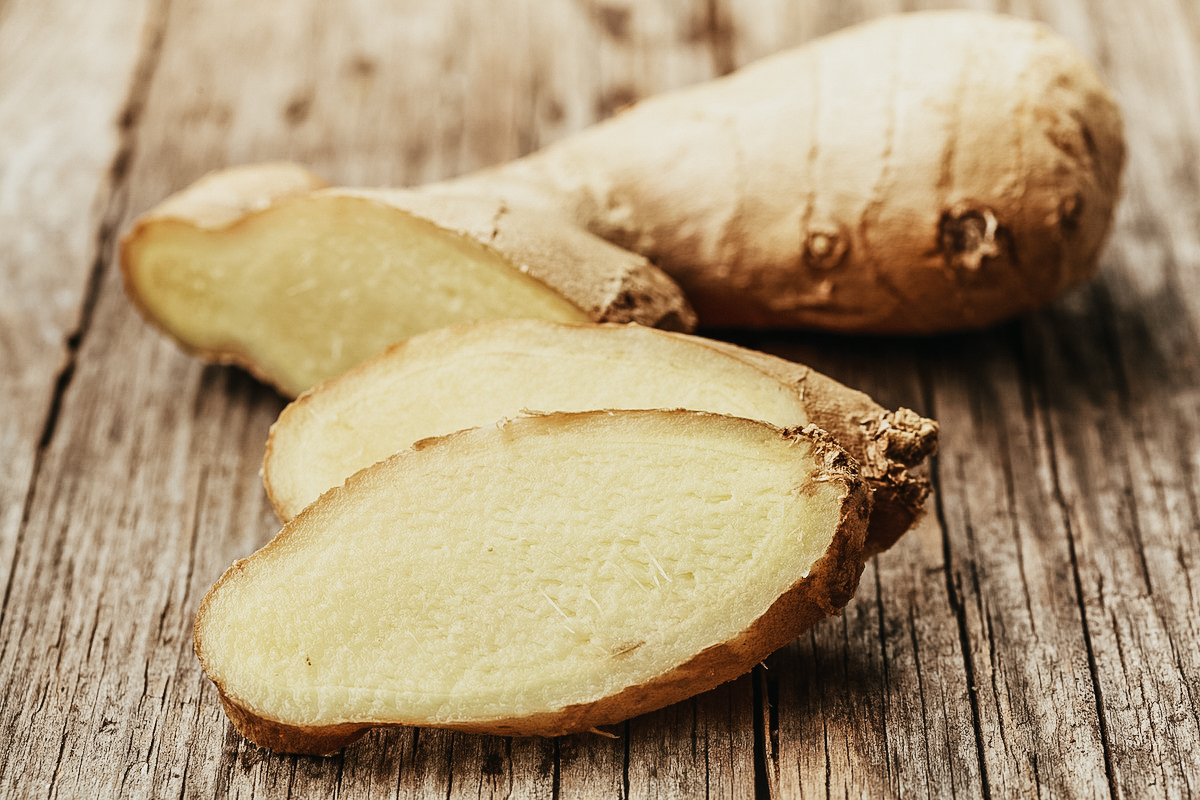
Ginger
Zingiber officinale
Ginger is touted for its analgesic and anti-inflammatory effects. One trial found that daily consumption of ginger, raw or cooked, significantly reduced the pain of exercise-induced muscle injury within 24 hours. In a two-phase trial, muscle injury was induced in participants through repetitive exercise of the elbow flexor muscles, and participants were randomly and blindly assigned a daily dose of 2 grams ginger or placebo for 11 days. In the first phase, raw ginger was studied and was found to have a 25-percent reduction in muscle pain 24 hours after exercise. In the second phase, heat-treated ginger was studied and had a 23-percent reduction in pain. A trial group that received 4 grams of ginger for five days had lower post-exercise pain scales as well as lower blood markers (creatine kinase) for muscle damage.
In a study looking at ginger in patients with knee osteoarthritis, 120 patients were randomly assigned to receive 500 mg of ginger powder or placebo daily for three months. This small, food-like dose decreased a number of inflammatory factors in the patients as compared to the placebo.

Calendula
Calendula officinalis
Calendula has long been used as a healing agent for the skin and soft tissues and has traditionally been applied topically. Its medicinal effects can be significant in serious situations, such as radiation burns (related to cancer treatment) and gastric ulcers. One study compared the use of calendula against a saline solution dressing for the topical treatment of leg ulcers, measured by reepithelialization. Patients who were given an application of ointment of calendula extract in a neutral base showed a 41-percent decrease in total surface area of ulcers after three weeks. A control group whose ulcers were dressed with a saline solution showed a decrease in total ulcerous area of only 14 percent. Calendula can also be used to treat diaper dermatitis. It has been compared with aloe vera in treating diaper rash, and calendula achieved significantly better results. In addition to topical applications, calendula is packed with antioxidants and can be used internally for irritated or damaged digestive tissue.
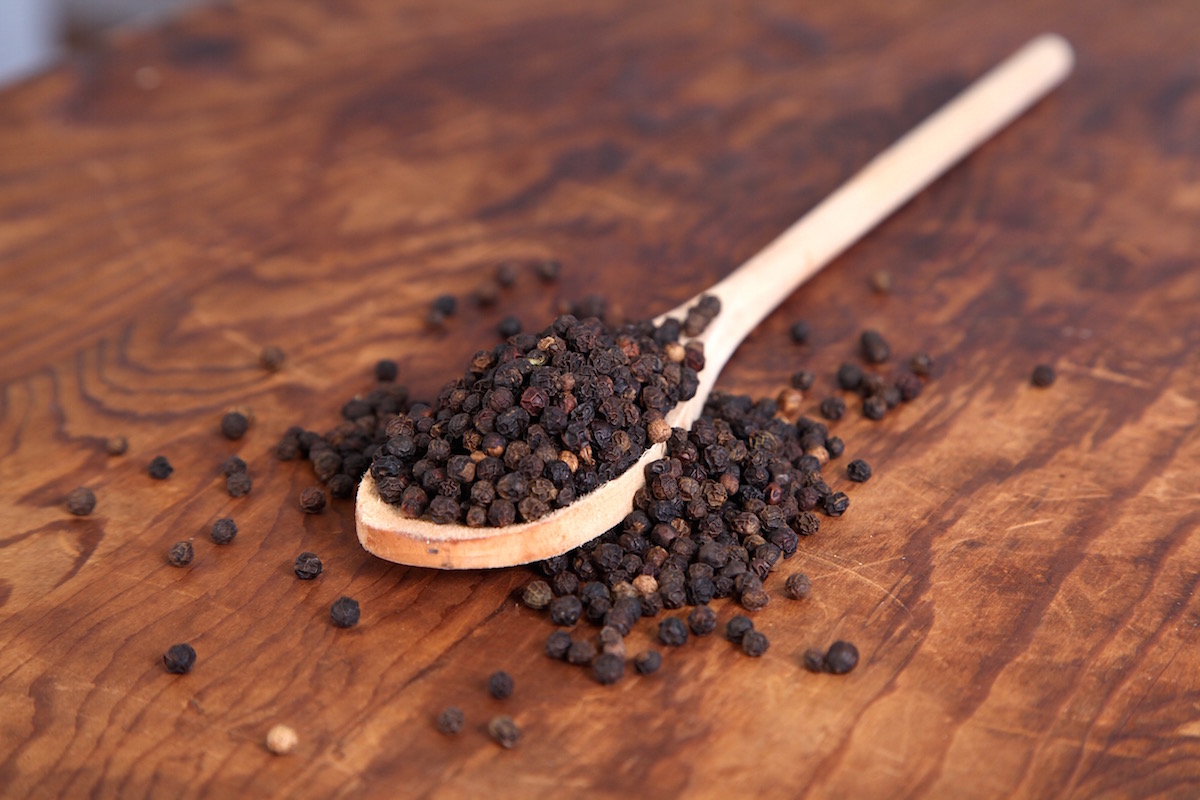
Black Pepper
Piper nigrum
Using spices to increase digestive efficiency and nutrient absorption can also be helpful for the skin, bones, and joints. Our bones are our foundation and are more malleable than many people realize. Rather than static building blocks, bones are constantly changing, rebuilding, and regenerating. Healthy bones are built by mining minerals from the food we eat, and it is critical that the body can glean and use what it needs from our food. Black pepper is a star in increasing bioavailability of bone-building ingredients in your food. Black pepper contains calcium and helps the body increase its uptake of calcium. (Some other spices with relatively high levels of calcium include sesame seeds, savory, dill, and basil.)
SEE THE VIDEO IN THE HERBARIUM!
Members of The Herbarium can join Bevin in a video as she shares how the accessibility, affordability, and ease of ground or powdered herbs can add so much value to the daily diet. Plus, she shares her Peppery Synergy Spice Blend and a delicious fudge recipe to try! You’ll find Spice Apothecary in The Herbarium.
Interested but not yet a member of The Herbarium? Get access today with a 3 day trial for only $3!0
You can purchase your own copy of Spice Apothecary at Storey Publishing or on Amazon.
